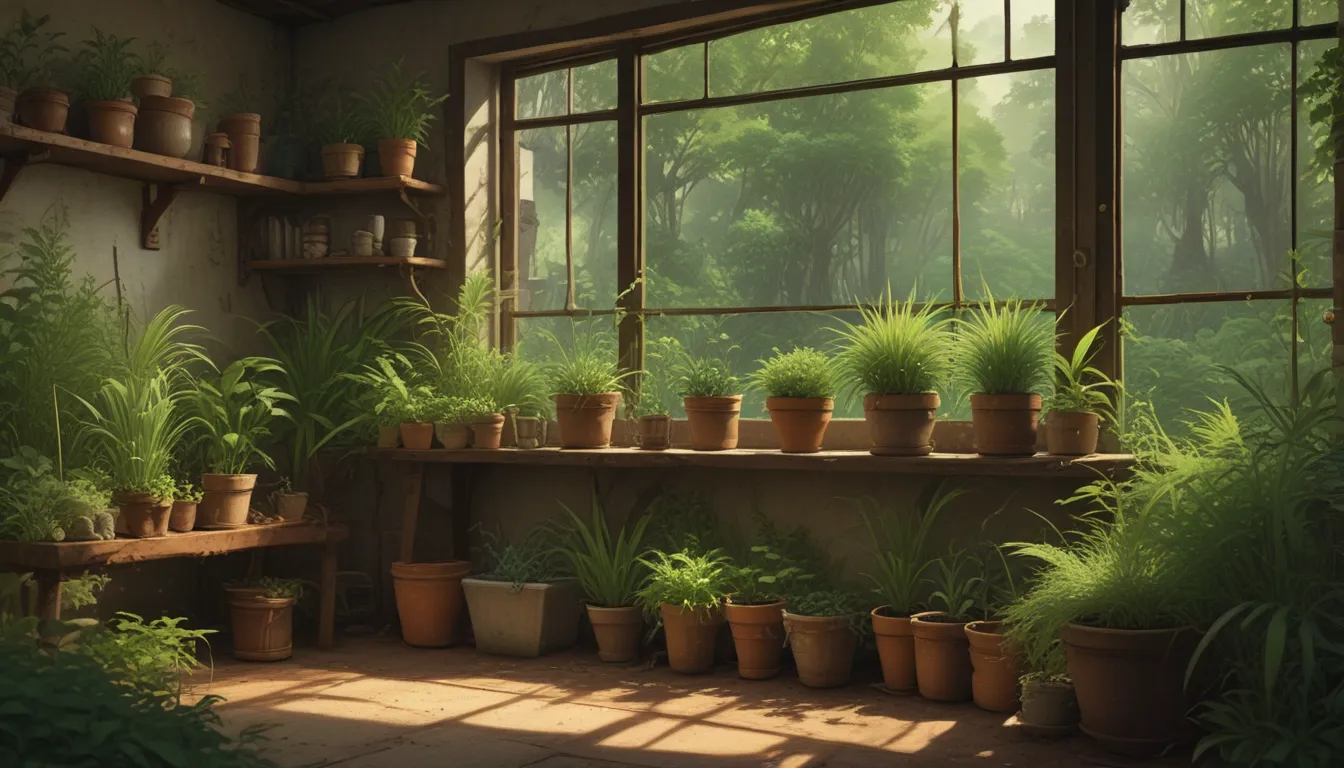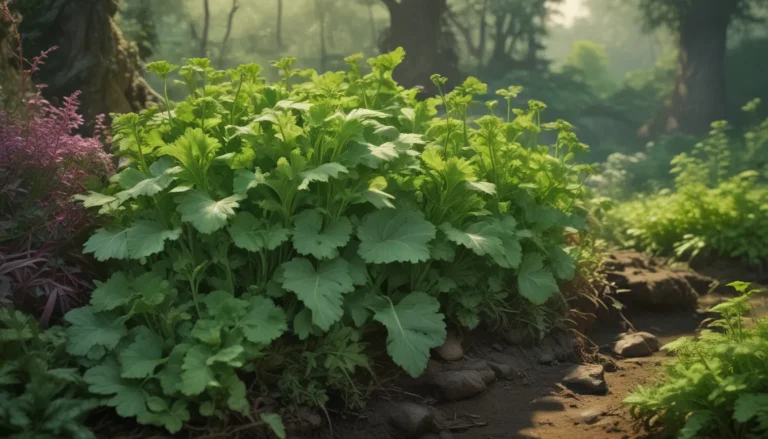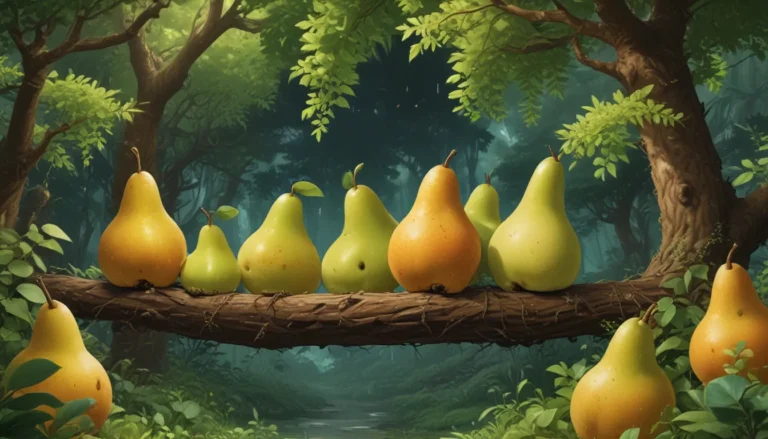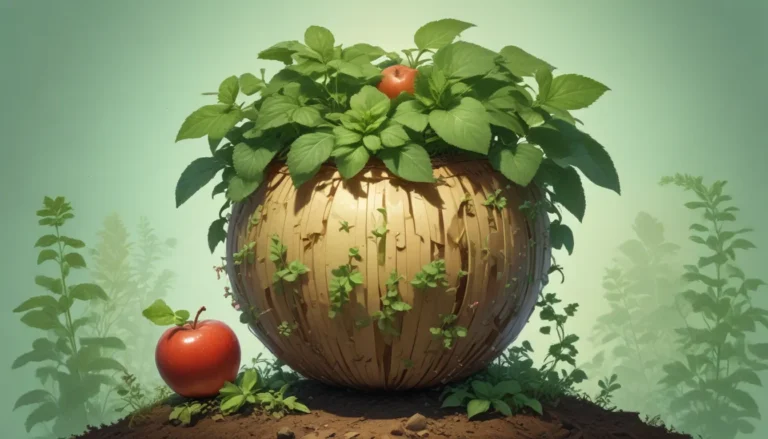Growing Sedge Plants at Home: An In-Depth Guide

Sedges are often mistaken for grasses, but these unique plants offer a lot more than just ornamental value. With over 5,500 species in the Cyperaceae family, there’s a sedge suitable for every garden, from wet, boggy areas to dry, rocky spaces. In this comprehensive guide, we’ll delve into the world of sedges, focusing on the Carex genus – the largest in the family.
Let’s explore the fascinating world of sedges, how to cultivate them, propagate them, and maintain them, along with a selection of species perfect for your home garden.
Understanding Sedges
Sedges, characterized by their grass-like appearance, belong to the Cyperaceae family. They have rhizomes, multiple leaf blades, and solid, three-sided stems without joints. While most sedges thrive in moist, boggy soil, some also adapt to dry conditions. With diverse leaf shapes and colors, sedges are a visually striking addition to any garden.
Cultivation and History
Sedges are found worldwide except in Antarctica. They’ve been cultivated for ornamental and food purposes for centuries, with ancient Egyptians using them for various applications. Most cultivated sedges belong to the Carex genus, making them a popular landscape choice.
Propagation
With sedges, propagation is a breeze. You can collect seeds in late summer or buy them online for easy planting. Division is another propagation method, where you can divide roots to relocate plants. Additionally, seedlings from nurseries are a convenient option for quick planting.
How to Grow
Sedges have varying soil preferences, depending on the species. Research the needs of your chosen sedge to ensure proper growth. Moreover, some sedges make excellent lawn alternatives, requiring less maintenance. Fertilization should be minimal unless growing sedges as lawn substitutes.
Growing Tips
- Choose species suitable for your soil and sun exposure.
- Maintain soil pH between 5.5 and 7.5.
- Fertilize lawn-alternative sedges twice per year.
Maintenance
Pruning dead leaves in spring or fall and limiting growth through routine maintenance is essential. Regularly hand-pulling unwanted growth is crucial, as most sedges spread rapidly. Resistant varieties can be researched to prevent rust fungus.
Species to Select
With thousands of species to choose from, selecting the right sedge can be overwhelming. Popular choices include Bulrush, Club-Rush, Cotton, Deergrass, and Nutrush. Selecting non-invasive species is crucial to prevent future issues.
Managing Pests and Disease
Sedges are tough plants with minimal pest and disease issues. Aphids are a common pest, while rust fungus can affect certain varieties. Regular pruning and proper watering can prevent these issues.
Best Uses
Sedges serve as specimen plants, lawn alternatives, and rain garden additions. Proper selection is essential to prevent potential invasiveness. Local extension offices can offer guidance on non-invasive species for your area.
Quick Reference Growing Guide
- Plant Type: Grass-like flowering annual or perennial
- Foliage Color: Yellow, green, blue, silver, orange, red, bronze, brown
- Native to: Every continent except Antarctica
- Tolerance: Drought, freezes, wet roots
- Hardiness (USDA Zone): 2-10
- Maintenance: Low
- Bloom Time: Spring, summer, fall
- Soil Type: Clay, loamy, sandy
- Exposure: Full shade to full sun
- Soil pH: 5.5-7.5
- Time to Maturity: About 2 years, depending on species
- Soil Drainage: Poor to well-draining
- Spacing: 6-18 inches, depending on variety
- Companion Planting: Astilbe, hosta, and more
Conclusion
Sedges are versatile plants that can thrive in various conditions, making them an excellent choice for difficult-to-cultivate spaces. With proper selection, cultivation, and maintenance, sedges can add beauty and functionality to your garden. Choose non-invasive species, follow best practices, and enjoy the beauty of these unique plants in your outdoor space.





